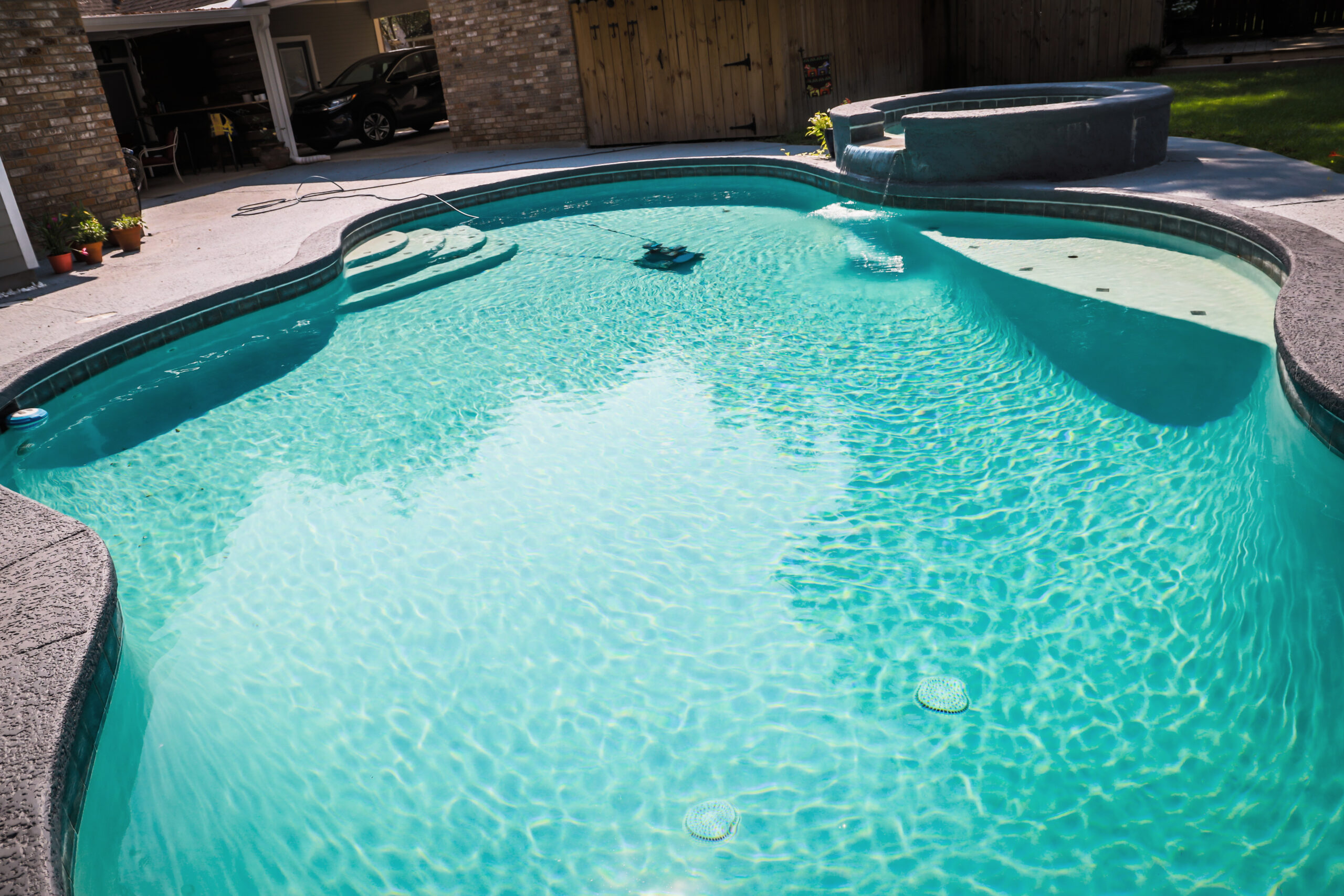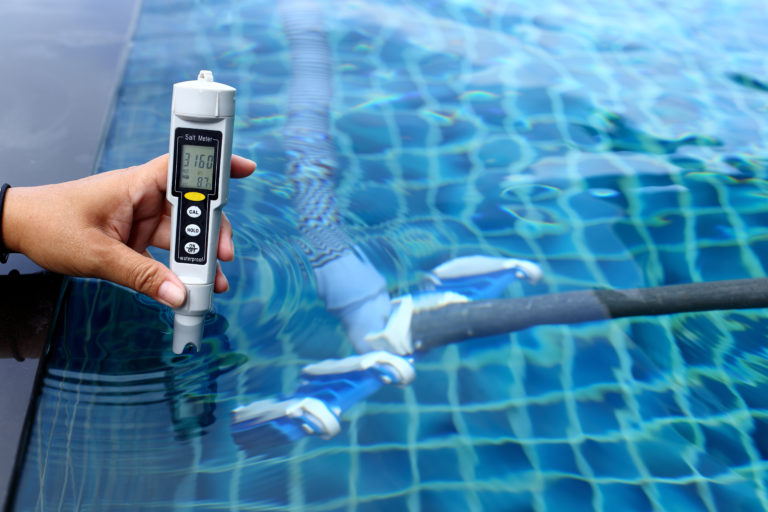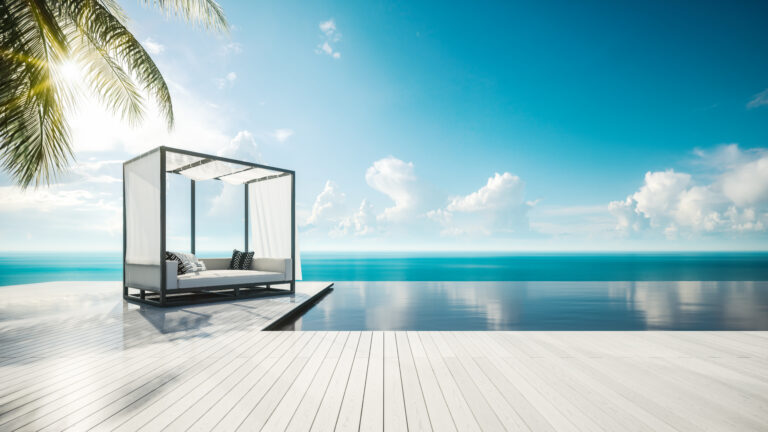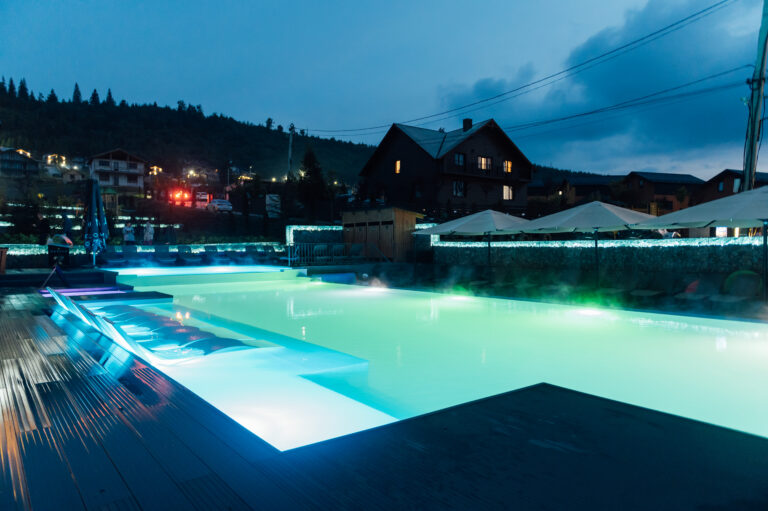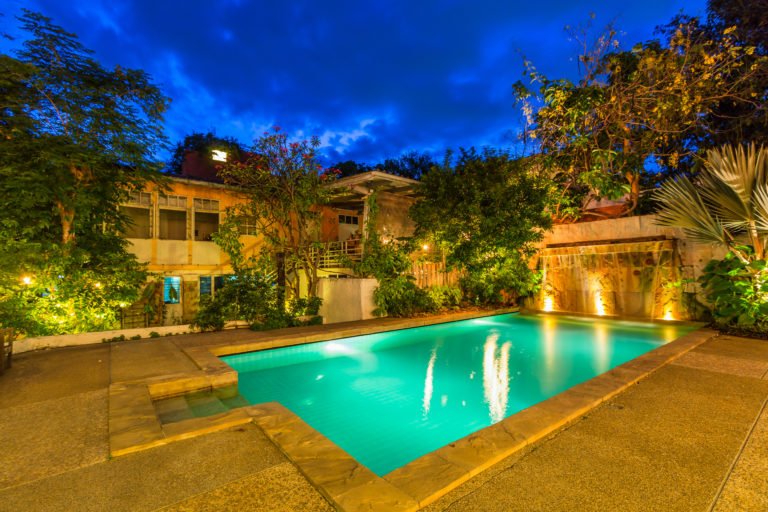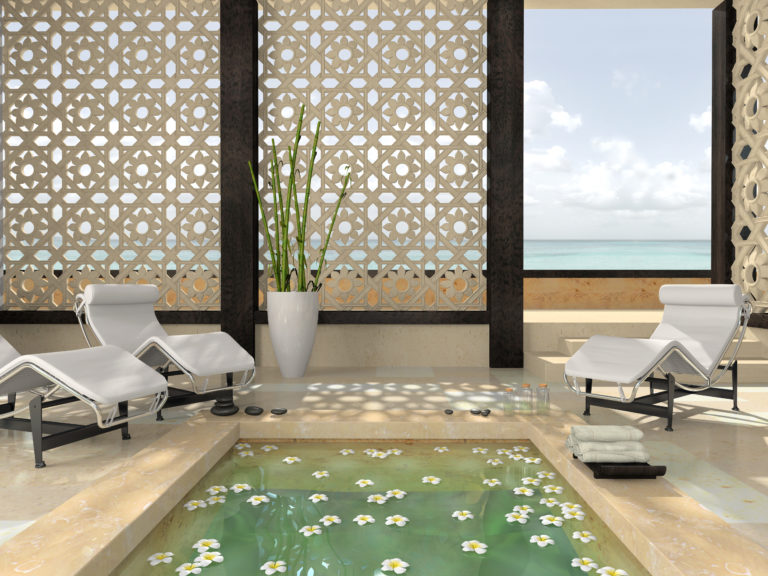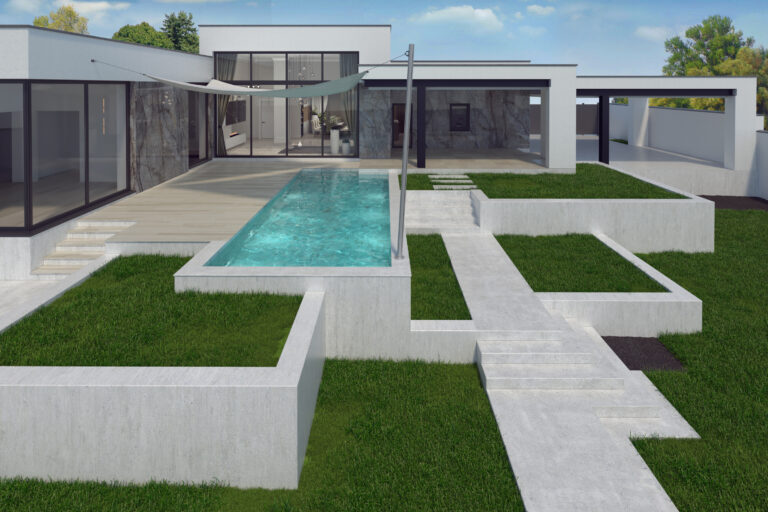Why a Properly Designed Shallow End is Crucial
You’re planning a pool and you’ve probably thought about depth, but have you considered the importance of the shallow end design? It’s not just kids’ play area. A well-designed shallow end enhances safety, accessibility, and your swimming experience.
Don’t overlook this crucial element – it could make or break your pool’s success. Dive into this guide to avoid common mistakes and learn why a properly designed shallow end is so vital.
Understanding the Basics of Pool Design
Before we delve into why a shallow end’s design is crucial, let’s first understand that it’s essential to grasp the basics of pool design. Your dream pool doesn’t just appear; there are fundamental considerations to be made, starting with aesthetics and the type of construction materials.
Pool aesthetics aren’t simply about how your pool looks. It’s also about how it fits into your home or property’s overall look and feel. You’ll have to consider color schemes, shapes, and even landscaping. The aesthetic design can transform a simple backyard into an exotic getaway or a tranquil oasis.
Now let’s talk about construction materials. These play a huge role in the lifespan and maintenance requirements of your pool. From concrete to vinyl liners to fiberglass, you’ve got options galore! Concrete pools offer versatility in shape and size but require more upkeep. Vinyl liner pools are cost-effective but may need liner replacement down the line. Fiberglass pools boast ease of maintenance and smooth surfaces but limit you on size and depth.
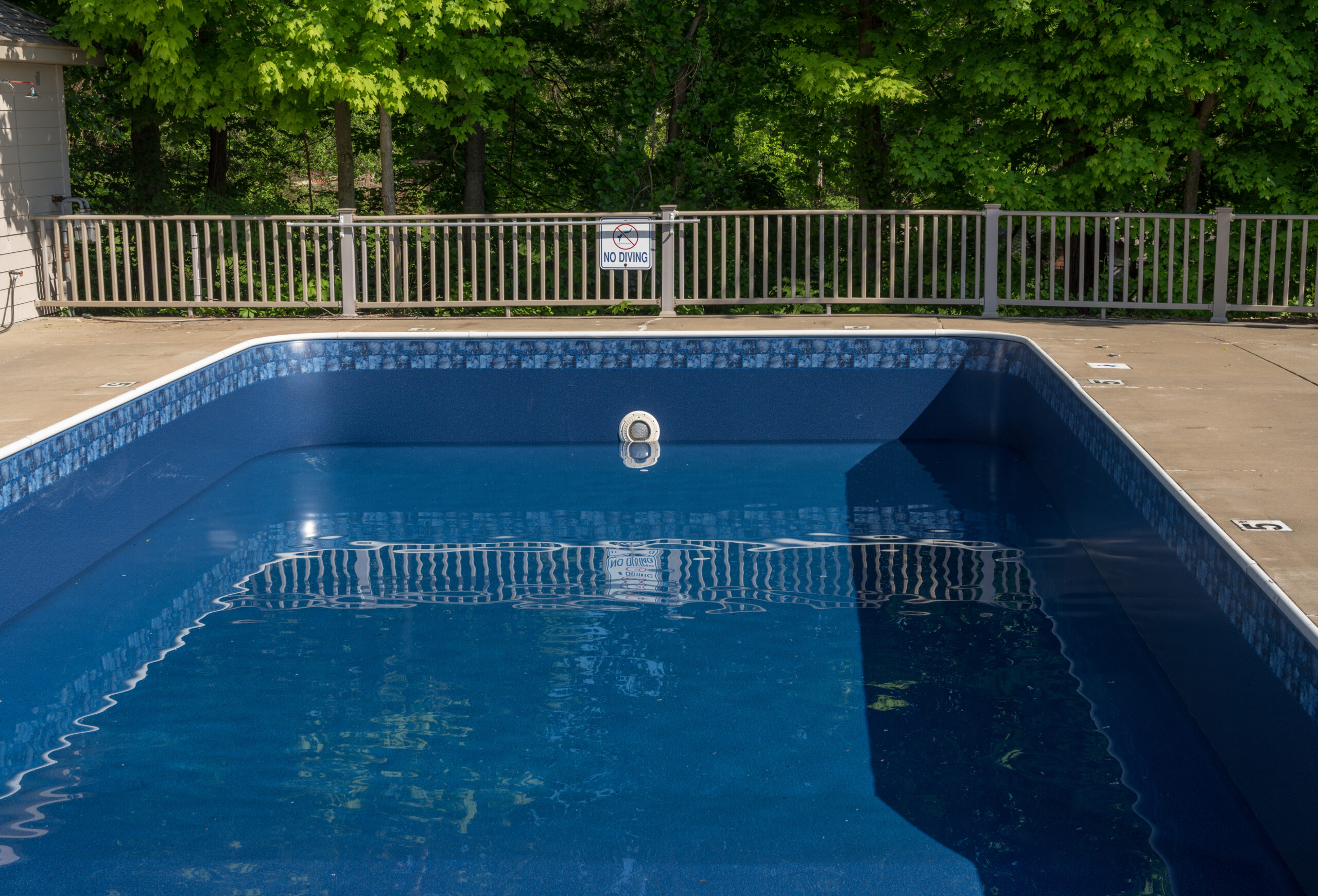
So you see, understanding the rudimentary aspects like aesthetics and construction materials forms the foundation for making informed decisions when designing your perfect pool – including that all-important shallow end!
The Role of the Shallow End in Swimming Pools
You’ve heard it before, the shallow end of a swimming pool isn’t just for beginners. It’s time to dive deeper into understanding its role in safety aspects, recreational usage, and how design and maintenance come into play.
So let’s get started on exploring why this seemingly simple part of your pool holds significant importance in creating an enjoyable and safe swimming experience.
Safety Aspects
When designing the shallow end of a pool, it’s crucial to consider safety aspects to avoid any potential injuries. Here are four key areas you should focus on:
1. Depth Perception: Ensure clear visibility of the pool bottom for everyone. This helps swimmers gauge their distance from it, preventing accidents.
2. Lifeguard Training: Lifeguards should have specialized training to handle emergencies in the shallow end, where most beginners and children swim.
3. Easy Accessibility: There should be easy ingress and egress points like steps or ladders in the shallow part.
4. Signage: Clear signage indicating the depth can deter inexperienced swimmers from venturing too far.
Recreational Usage
Besides safety, it’s also important to consider the recreational usage of a pool. You must take into account how the shallow end aesthetics can significantly enhance a pool’s appeal. Think about incorporating child-friendly designs that promote fun and engagement for younger swimmers.
Imagine vibrant colours, playful motifs or interactive water features to make it more appealing. This doesn’t just boost its physical appearance but also makes it more inviting for kids who are often drawn to visually stimulating environments.
In addition, innovative design ideas could include steps or gradual sloping in the shallow end, offering not only extra safety but also seating options for adults supervising their little ones.
Design and Maintenance
It’s equally important to think about the design and maintenance of your pool, as this directly impacts its longevity and usability. Pool aesthetics aren’t just about looking good; they’re also essential for safety. A well-designed shallow end can make all the difference in preventing accidents.
Lifeguard training is another crucial aspect of pool safety. Ensure your lifeguards are fully trained to recognize potential dangers, particularly in the shallow end where children often play.
Regular maintenance checks on the quality of water and surfaces are critical too, to prevent any slips or falls.
Key Elements of a Well-Designed Shallow End
You’ll need to consider several key elements when designing a well-functioning shallow end for your pool. It’s not just about the pool aesthetics; it’s about creating an environment that is functional and safe for all swimmers.
1. Slope: The gradient from the shallow to deep end shouldn’t be too steep. A gentle slope allows for a smooth transition and reduces the risk of accidents.
2. Depth: Shallow end dimensions are crucial because they determine who can safely use this part of the pool. Typically, you’ll want to keep it around 3 feet deep so both children and adults can enjoy.
3. Transition Area: This is where your shallow end gradually descends towards the deeper water. It should be visibly marked to alert swimmers of depth changes.
Safety Considerations in Shallow End Design
Safety considerations are not just a nice-to-have in your shallow end design; they are absolutely essential. You must make every effort to ensure the safety of those using the pool, especially if kids are involved.
Depth markers’ importance cannot be overstated. They provide swimmers with crucial information about how deep the water is at any given point in the pool. This allows them to make informed decisions about where it is safe for them to swim based on their abilities and comfort level.
In terms of shallow end materials, you have several options to choose from that all have their own pros and cons when it comes to safety. Non-slip surfaces are very important for preventing accidents, but you also need to consider material durability and maintenance needs.
Ultimately, safety should always be your top priority when designing a shallow end. It is far better to spend a bit more time or money up front ensuring everything is as safe as possible than it is to deal with potential injuries or legal issues down the line. Always remember – a well-designed shallow end is not just one that looks good; it is one that keeps everybody safe.
Improving Accessibility Through Shallow End Design
While it’s essential to consider safety in shallow end design, let’s not overlook another crucial aspect: accessibility. Using principles of Universal Design in the shallow end can make swimming more inclusive and enjoyable for everyone.
Universal Design is all about creating environments that are accessible to all people, regardless of age, size, ability or disability. Adaptive Swimming takes this a step further by modifying swimming techniques to accommodate individual abilities.
Let’s compare traditional pool design with one incorporating Universal Design:
| Traditional Pool Design | Universal Design |
| One-size-fits-all approach | Tailored to suit diverse needs |
| Limited accessibility | High level of accessibility |
| Little consideration for different abilities | Ensures everyone can enjoy swimming |
Incorporating these principles into the shallow end can greatly enhance accessibility. For instance, gently sloping entrances instead of steps can make entering and exiting easier for those with mobility issues. Handrails and tactile paving also aid navigation.
So you see? By making your pool universally accessible, you’re ensuring everyone gets a chance to enjoy the simple pleasure of a swim. Remember, the goal is not just safety but inclusivity as well!
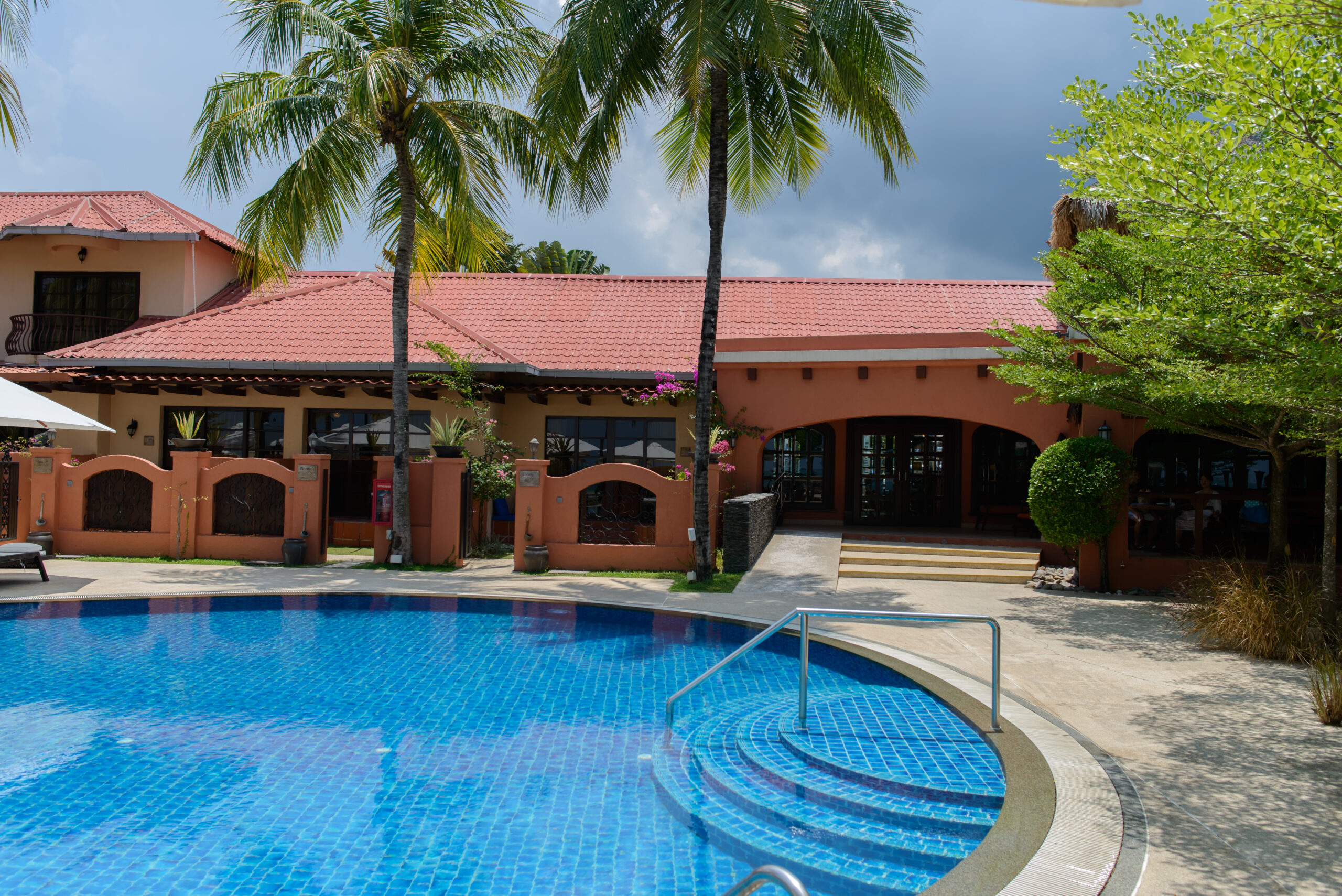
The Impact of Shallow End Design on Swimming Experience
Incorporating Universal Design principles can drastically change your swimming experience for the better. The impact of shallow end design on your swimming lessons is profound. It’s not just about ease and comfort, but also about accessibility and safety.
A well-designed shallow end takes into account depth perception challenges. This becomes particularly essential if you’re a beginner or someone with vision impairments. An abrupt shift from shallow to deep water might confuse you, posing a risk of accidents.
The gradual slope towards deeper waters allows you to confidently explore new depths without sudden surprises, enhancing the overall swimming lessons’ impact. You’ll find yourself more at ease in the water, thereby maximizing learning and enjoyment simultaneously.
Furthermore, it encourages independence in novice swimmers and people with mobility issues as they don’t have to rely on aids or assistance to navigate through the pool. So it’s clear that a properly designed shallow end isn’t just an aesthetic choice; it plays a crucial role in ensuring everyone’s safe entry into the world of swimming.
Common Mistakes in Shallow End Design and How to Avoid Them
You might not realize it, but there are common blunders in pool design that can drastically affect your swimming experience. Shallow end aesthetics and depth variations, for instance, play a crucial role.
Overlooking the importance of shallow end aesthetics is a mistake you don’t want to make. Sure, you might think it’s just the ‘kid zone’, but remember, it’s what people first see when they enter your backyard. A poorly designed shallow end can be off-putting and significantly lessen the overall appeal of your pool. So invest time in choosing the right tiles and shapes so it complements your entire outdoor setup.
Depth variations too often get ignored. You may think a uniform depth is best for the kiddies’ safety – but that’s not true! Appropriate depth variation ensures their feet touch the ground while still allowing older users to swim comfortably without scraping their knuckles on the bottom. It’s all about finding that perfect balance between safety and usability.
In essence, dodging these common pitfalls will ensure everyone gets to enjoy your pool equally and maximizes their swimming experience.
Case Studies: The Importance of a Properly Designed Shallow End
You’ve likely heard of the potential dangers associated with inadequately designed shallow ends; it’s a topic that deserves your attention.
Let’s delve into some successful shallow end designs to give you a better understanding of what works and why.
We’re not just talking aesthetics here, but designing for safety, because at the end of the day, that’s what truly counts.
Inadequate Shallow End Dangers”
Neglecting to design an adequate shallow end in a pool presents several dangers that shouldn’t be overlooked. These ‘Shallow Depths Dangers’ pose significant risks, especially child-specific ones. You could inadvertently expose young swimmers to hazards that could lead to severe injuries or even fatalities.
Here’s a look at some of these risks:
| Risk Factor | Consequences |
| Too deep for kids | Risk of drowning |
| Sharp slope transition | Slip and fall accidents |
| Poor visibility underwater | Collision with other swimmers |
As you can see, it’s not just about making the pool fun and inviting-it’s also about ensuring safety. So, when designing your pool, don’t disregard the importance of a well-designed shallow end. Your family’s safety depends on it!
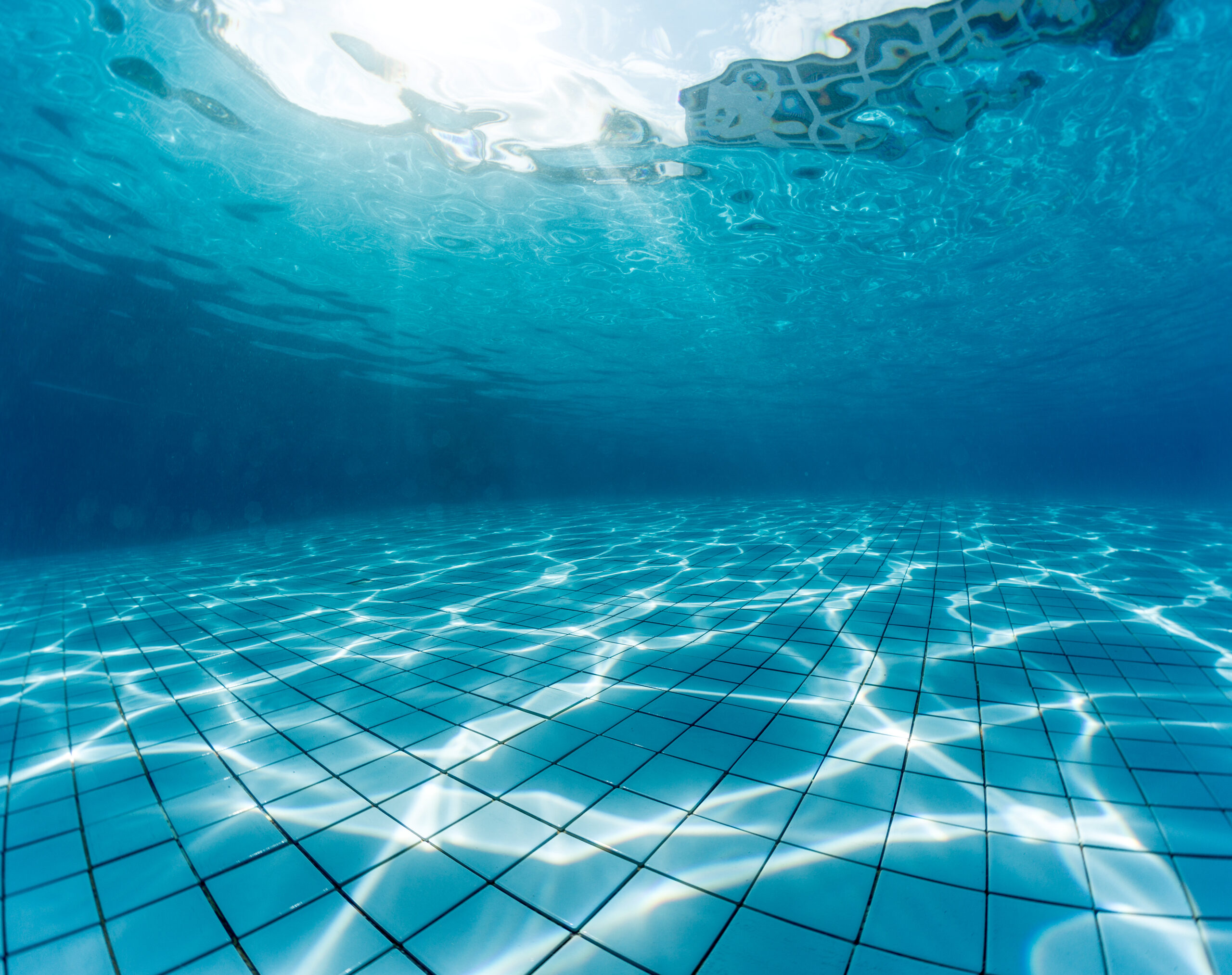
Successful Shallow End Designs”
Having understood the dangers of an inadequately designed shallow end, let’s now focus on what makes a well-designed one. It’s important to ensure that your pool has a child-friendly design and appealing shallow end aesthetics.
* A smooth transition from the shallow end to the deep end ensures safety for all swimmers, especially children.
* Consider fun features like stepping stones or a beach-style entry for added attraction.
* Use visually pleasing materials such as tiles in vibrant colors or patterns for an aesthetically pleasing shallow end.
* Incorporate easy-to-grasp handrails and non-slip surfaces to enhance security.
Designing for Safety
When it’s about designing for safety, there’s no room for compromise. You’re entrusted with creating a child-friendly design that prioritizes injury prevention. How? It’s not as daunting as you might think.
Firstly, consider the depth transitions and slope of your shallow end – gradual changes are safer and more kid-friendly. Secondly, non-slip surfaces are essential to prevent accidents.
To help you out, here’s a simple table:
| Design Element | Why It Matters |
| Gradual Depth Transitions | Prevents sudden drops; easier for children to gauge depth |
| Non-Slip Surfaces | Reduces likelihood of slips and falls |
Frequently Asked Questions
What Are the Cost Implications of Designing a Shallow End in a Swimming Pool?
Investing in safety measures and shallow end aesthetics impacts your pool’s cost. It’ll increase initial expenses, but you’re ensuring a safer, more visually appealing space for swimmers, adding long-term value to your property.
How Does the Shallow End Design Affect the Overall Maintenance of the Pool?
A well-designed shallow end reduces pool maintenance. It’s safer, especially for kids, meaning fewer accidents and less wear and tear. A child-friendly design keeps debris out, reducing cleaning time and potential damage.
Are There Specific Materials Recommended for the Construction of the Shallow End?
Certainly, your choice of materials impacts both safety measures and aesthetic choices. It’s recommended you use slip-resistant tiles or finishes for the shallow end to prevent accidents while maintaining a pleasing look.
How Often Should the Shallow End Design Be Updated or Upgraded?
You should update your shallow end design when new safety measures or design trends arise. However, if it’s functioning well and poses no risks, there’s no set frequency for upgrades. It’s about quality, not timing.
Can the Design of the Shallow End Influence the Resale Value of a Property With a Swimming Pool?
Absolutely, the design of your shallow end can influence your property’s resale value. Safety measures and aesthetic appeal enhance desirability, increasing potential buyers’ interest. You’re not just selling a pool, but an experience.

